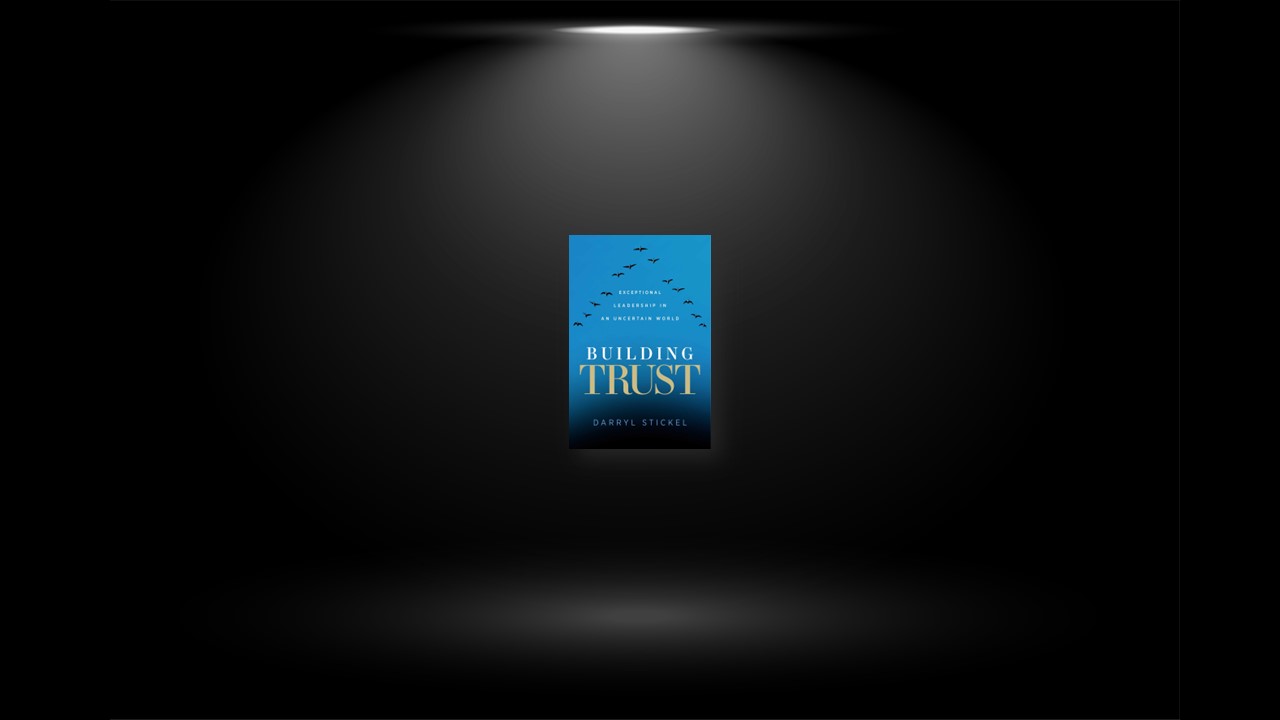Trust Is Everywhere
Organizations, communities, even economies cannot function without some level of underlying trust. Trust acts as a social lubricant. Trust, or its absence, is an underlying critical factor in how society deals with its biggest, “hairiest” challenges.
We are facing a global trust crisis. Historically low levels of trust in society are also challenging the corporate environment. All too often, people fail to connect the challenges they are experiencing to an issue of trust. There is a profound lack of awareness about what trust is, who we trust, and how much we trust them. We trust people all the time; we simply trust some people more than others, or we trust them in different ways.
The four primary barriers to building trust: 1. Overestimation of one’s own trustworthiness. 2. A feeling that trust is too complicated to do anything about it. 3. Being “too busy” for trust-building. 4. Assuming that trust takes too long to build.
The Trust Challenge for Leaders
Trust is particularly critical in today’s rapidly changing, highly uncertain environment. Leaders have to balance the interests and earn the trust of multiple stakeholder populations. For corporate leaders, this includes investors, boards of directors, customers, and employees.
Going too far to try to earn the trust of one set of stakeholders may compromise a leader’s ability to earn the trust of other sets of stakeholders, each of which has its own values, biases, perceptions, and expectations.
Much like trust in institutions, trust and faith in leaders and their leadership abilities has been in marked decline—particularly in politics, where competent, capable, and caring leaders are the exception rather than the norm. There is no universal definition of “good leadership,” let alone leadership excellence. As the world evolves, our expectations of leaders seem to be getting broader and increasingly contradictory.
Spikes in uncertainty in the 2020s, combined with an increasing pace of change, mean trust levels are going to be under strain for leaders who aren’t actively promoting and maintaining trust.
The Benefits of Trust
Trust is a positive attribute—the higher the level of trust, the better an organization will function, especially in times of uncertainty. Higher levels of trust lead to better performance, improved creativity and innovation, greater returns to shareholders, better employee engagement, and healthier customer retention.
Leaders and organizations that are able to propagate higher levels of trust create more resilient relationships—ones where customers, subordinates, and colleagues tend to land and stay. Such relationships are difficult for competitors to copy or destroy and hence can be a key source of competitive advantage.
Higher-trust environments encourage the use of voice (e.g., people are not afraid of being punished for expressing a differing opinion). This can lead to virtuous cycles where trust leads to behaviors that in turn promote higher levels of trust.
In negotiations, trust leads to better agreements by encouraging dialogue. In higher-trust environments people are more willing to share ideas and work collaboratively on projects, bringing a diverse set of skills and perspectives to their work.
Introducing the Trust Model
Trust is the willingness (choice) to make yourself vulnerable to another person when you can’t completely predict how they will act (uncertainty). Perceptions of uncertainty and vulnerability combine to give a level of perceived risk; a person will trust if their perceived risk is lower than their personal risk threshold. Building trust with someone requires reducing their perceived levels of uncertainty or vulnerability to a point where their level of perceived risk goes below their risk threshold.
The bases of trust (uncertainty and vulnerability) arise both from elements specific to the individual and from contextual elements. The elements of individual uncertainty are benevolence (looking out for another’s best interests), integrity (following through on promises and acting congruently with one’s values), and ability (competence to deliver against expectations).
While many people think of the trust decision as primarily an evaluation of an individual’s trustworthiness, the context also has a profound impact on the perceptions that inform the decision. Context can influence uncertainty through both formal and informal mechanisms and at both the micro and macro scale.
A person’s perceptions of vulnerability depend on what’s at stake and how much it’s worth to them. The outcomes of a trust decision feed back to influence future trust decisions. Feelings (positive or negative) about a person or organization to be trusted influence the truster’s perceptions of the elements of individual uncertainty and outcomes. Outcomes can in turn influence feelings, resulting in virtuous or vicious cycles.
Using the Trust Model
Everybody has the ability to build trust—some people are simply a lot better at it than others. The TU trust model has ten levers: benevolence, integrity, ability, vulnerability, perceived outcome, emotions, context (uncertainty), context (vulnerability), context (outcomes), context (feelings).
The skill lies in pulling the right lever at the right time, which is at the point at which there is a gap in trust between you and the other person. To build trust, ask, listen, and then respond. Open dialogue helps determine which levers may or may not be effective with a specific person in a particular situation.
Solving a trust problem: understand the people and the problem, align yourself with their goals, diagnose where the trust gaps are, help them formulate a response, and then evaluate progress. Note: it often takes multiple attempts to deepen and strengthen a long-term relationship.
The strongest lever for leaders is the benevolence lever. Actively try to understand what your team members feel are their best interests. Create opportunities for people to share what matters to them, what success looks like for them, and then include them in a conversation about how you can help them reach the success to which they aspire.
None of your efforts will be effective if people don’t believe that you will follow through, so you must endeavor to demonstrate your integrity. Make promises relating to efforts, not outcomes that are outside your control.
Organizations of the Future
The blurring of borders and the shrinking of the world will result in many leaders being forced to consider an increasingly complex array of issues. It will become increasingly challenging to rely on shared backgrounds or history to provide shortcuts to building better relationships.
In an evolving future, the definition of excellence within an organization may change dramatically over increasingly shorter periods of time. A new type of skill will become more valued—knowing how to change and adapt to new situations. Having the skills required to build consensus across diverse populations will become incredibly valuable. Benevolence is the one trust lever that should remain relatively unscathed by the pace of change. The traditional command-and-control style of leadership is destined to become increasingly ineffective in the future.
Future leaders will inspire collaboration and build trust. They will foster open communication and become more intentional about their relationships, reduce uncertainty for those they lead, and be aware of their vulnerability and emotional triggers


